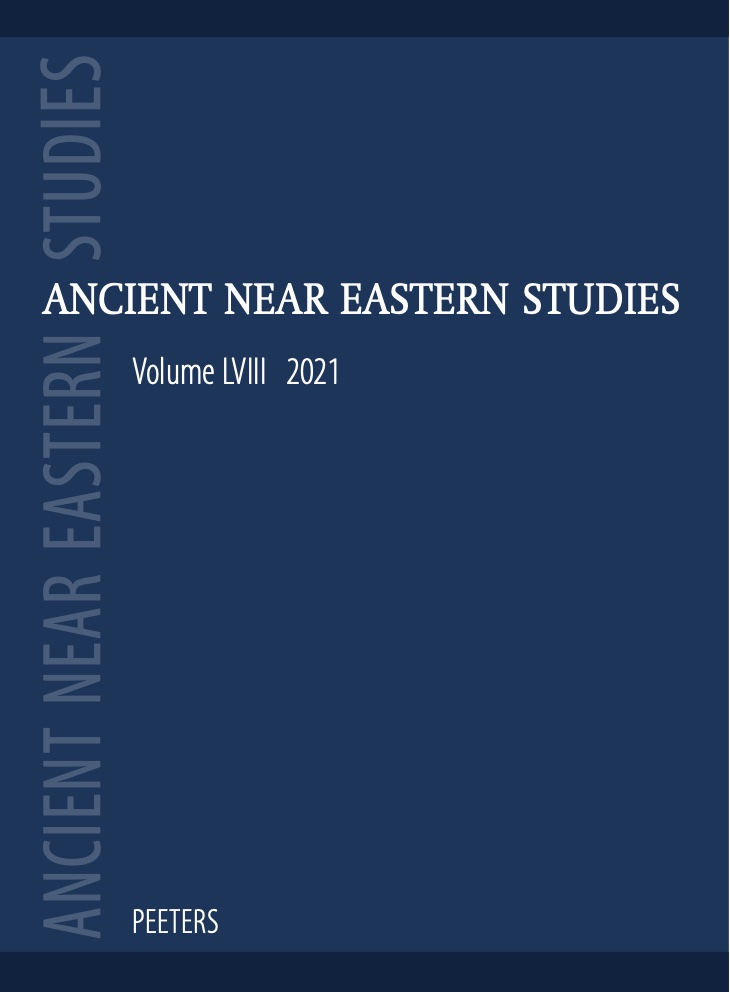 previous article in this issue previous article in this issue | next article in this issue  |

Preview first page |
Document Details : Title: An Assessment of Worked Bone Terminology Subtitle: A Case Study of Prehistoric Northwest and Western Anatolia Author(s): PAUL, Jarrad W. Journal: Ancient Near Eastern Studies Volume: 56 Date: 2019 Pages: 163-187 DOI: 10.2143/ANES.56.0.3286815 Abstract : Worked bone was an essential item in the prehistoric toolkit, used to create and maintain everyday objects. These tools provide insight into site processes and are an important component of prehistoric research. A fundamental aspect of this research is the creation of a typology, used to bring order to relative items. Typologies cluster similar items together; however, the naming of these individual items can be confusing, made worse by regionally inconsistent terminology. In this article, bone tool terminology and its relation to typology is reassessed, emphasising the variety of terms used to describe functional characteristics. A case study involving bone tools from prehistoric sites in western and northwestern Anatolia, with a focus on Uğurlu (a site on the island of Gökçeada) frames this examination, highlighting problems associated with the interpretation and cross-cultural analysis of bone tool terminology. Common strategies used by worked bone specialists are assessed and examined with the aim of overcoming terminological inconsistencies. They include: 1) the creation of an intra-typology, 2) the placement of objects within an established regional space, and 3) the placement of objects within an inter-regional space. An additional future strategy, 4) the creation of an online database, will then be promoted to further assist specialists. |
|


